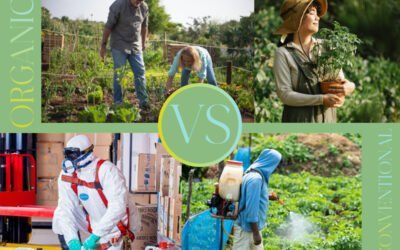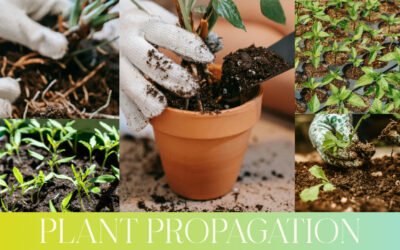When choosing the best location for a vegetable garden, remember that most vegetables are hungry feeders that require fertile soil, plenty of sunshine, and water.
Sunlight: Remember that sunlight is crucial when selecting a vegetable garden location. Most fruits and vegetables thrive with at least 6 hours of direct sunlight per day, ideally 8-10 hours. Therefore, it’s best to choose a sunny spot that receives sunlight for the majority of the day. However, don’t be discouraged if you can’t find a full-sun location; some vegetables can tolerate a more shady location.
Soil: Good soil drainage and fertility are essential for vegetable growing. Good drainage is critical because most vegetables simply won’t survive without it. Fertility is also essential, but you can build it over time by amending (or mulching) soil with compost or well-rotted manure or using organic mulches like wood chips, grass clippings, straw, and hay. Another good option to improve fertility is to use cover crops.
Water access: Having a water source nearby is vital for growing vegetables, especially in hot and arid climates. Ensure you have a water source nearby to meet the high water demands of your plants.
Flat ground: When possible, choosing a flat, level spot for your garden is a practical choice. This decision makes planting, watering, and harvesting much easier. Even if you live on a slope, don’t worry; you can create raised beds or terraces to make your ground more levelled. If levelling the soil is not an option, you can plant on a slop because plants won’t mind. Only if you have a north-facing slope, make sure that you leave enough space between the plants so they don’t shade each other. Also make sure that you can carry heavy loads in and out of your garden. For example, I decided to buy an electric wheelbarrow after carrying almost a ton of vegetables uphill from my garden to my house.
Wind protection: A spot sheltered from strong winds will protect delicate plants. Use fences, hedges, or structures as windbreaks if needed. For example, I grow Jerusalem Artichoke on the North side of my vegetable garden. It grows very fast, reaching 8-10 feet in one season, and provides good wind protection for more tender vegetables like tomatoes and melons.
Pests: If you live where pests are present, consider fencing your vegetable garden from the beginning. It is a good practice for almost every vegetable garden because even if you don’t see many pests now, it will most likely change when you plant plenty of delicious food.
Additional tips for choosing the best location for a vegetable garden:
- Size. Make sure you have enough space for what you want to grow. Veggies like tomatoes need 1-4 square feet per plant if you grow them vertically and much more if you let them spread on the ground. If you are planning to grow squashes, cucumbers, watermelons, and melons, you need either grow them vertically or plan your garden in a way that allows them enough space to grow.
- Layout. Place taller plants like tomatoes and vertical structures on the north side to avoid shading smaller plants.
- Irrigation. Group veggies by irrigation needs. Otherwise, your plants can suffer from underwatering or overwatering. For example, cucumbers need much more water than tomatoes
- Proximity. A garden closer to your house is typically more convenient to maintain and harvest. However, if you have enough space, you may consider placing your vegetable garden further away from the house for aesthetic reasons. Sometimes, a vegetable garden can get messy. For example, I decided to place both of my gardens at some distance from my house and instead plant perennial flower beds around it.
We also recommend that you read our article “How To Start A Garden” to learn more ideas about starting a garden.
You can find more detailed information on how to choose the best location for a vegetable garden here (external link, opens in new window).

